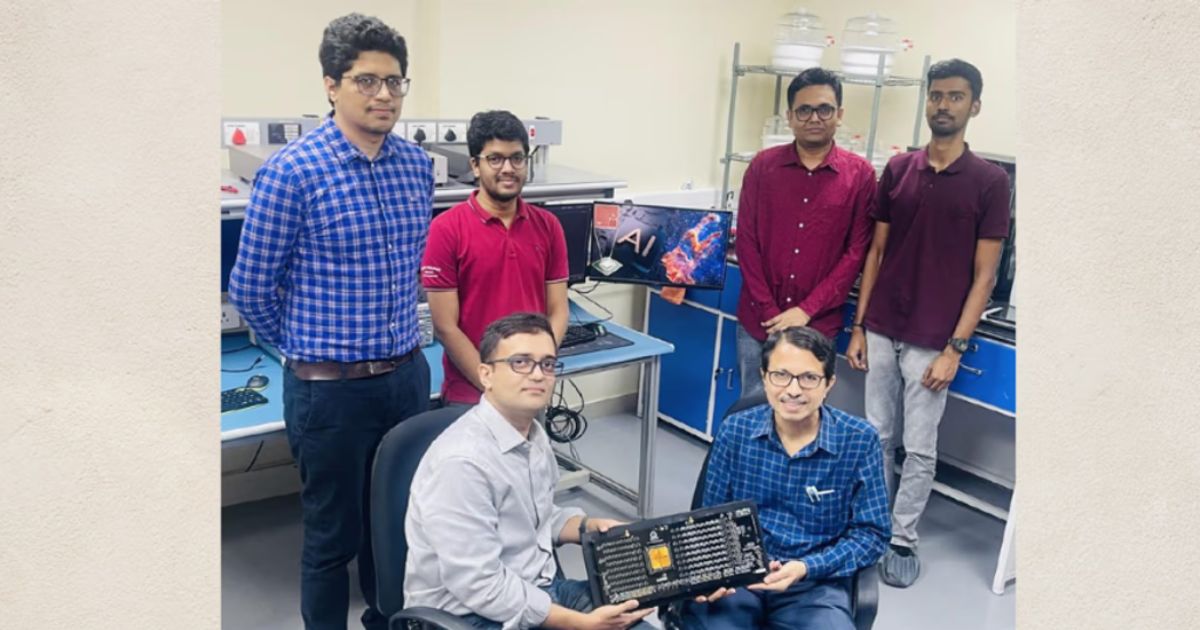IISc scientists use brain-inspired tech for computing breakthrough
14 Sep 2024

Researchers at the Indian Institute of Science (IISc) have developed a brain-inspired computing platform that is capable of storing and processing data at speeds reaching 16,500 conductance states – giving a big boost to the ordinary computer.
The IISC researchers achieved the breakthrough by developing an AI-based semiconductor device using metal films and integrating that with a conventional digital computer. This is a major step forward for traditional digital computers that limit data storage and processing to just two states.
The development of the Neuromorphic platform is also a huge leap forward in AI hardware development and computing efficiency, which could place India on the global technology innovation map.
This would facilitate the execution of complex AI tasks, like training Large Language Models (LLMs), using smaller devices like personal computers or laptops or even smartphones, eliminating the need for equipment heavy data centres or cloud platforms.
This can also be an energy efficient alternative for current computing platforms that need huge amounts of energy.
The brain behind the molecular semiconductor at the heart of the computing device was Sreebrata Goswami, visiting Professor at the Centre for Nano Science and Engineering (CeNSE), IISc, and father of Sreetosh Goswami, Assistant Professor at the CeNSE, and leader of the research team.
Others in the team included Deepak Sharma who was in charge of the circuit and system design and electrical characterisation, Santi Prasad Rath (synthesis and fabrication), Bidyabhusan Kundu (mathematical modelling), and Harivignesh S (bio-inspired neuronal response behaviour).
Besides, several students and research fellows at IISc participated in the research.
The team also consulted Stanley Williams, Professor at Texas A&M University and Damien Thompson, Professor at the University of Limerick.
Digital computer consumes more energy in carrying out the basic task of AI algorithms, ie, matrix multiplication. The platform developed by the IISc team does this faster, without using much energy.
While processing data the material film creates countless memory states of high, low and intermediate conductance. Digital devices generally have access to only to high and low conductance states, which leaves out all in the intermediate state.
The IISc team used precisely timed voltage pulses to effectively trace a much larger number of molecular movements, and map each of these, thereby creating a highly precise and efficient neuromorphic accelerator, which can store and process data like a human brain.
The team also successfully used the AI accelerator to recreate NASA’s famous “Pillars of Creation” image of towering celestial bodies from the James Webb Space Telescope data, using a desk top computer.
The system can be seamlessly integrated with silicon circuits to boost the performance and energy efficiency of the ordinary digital computer manifold.






















